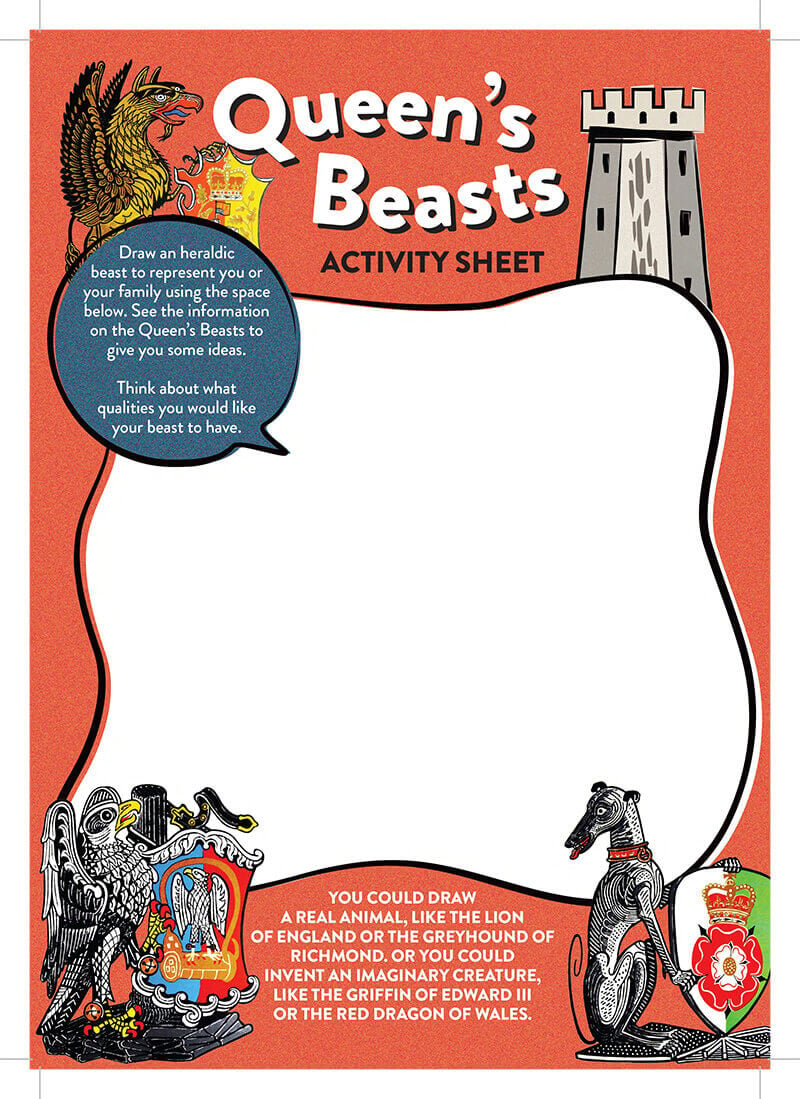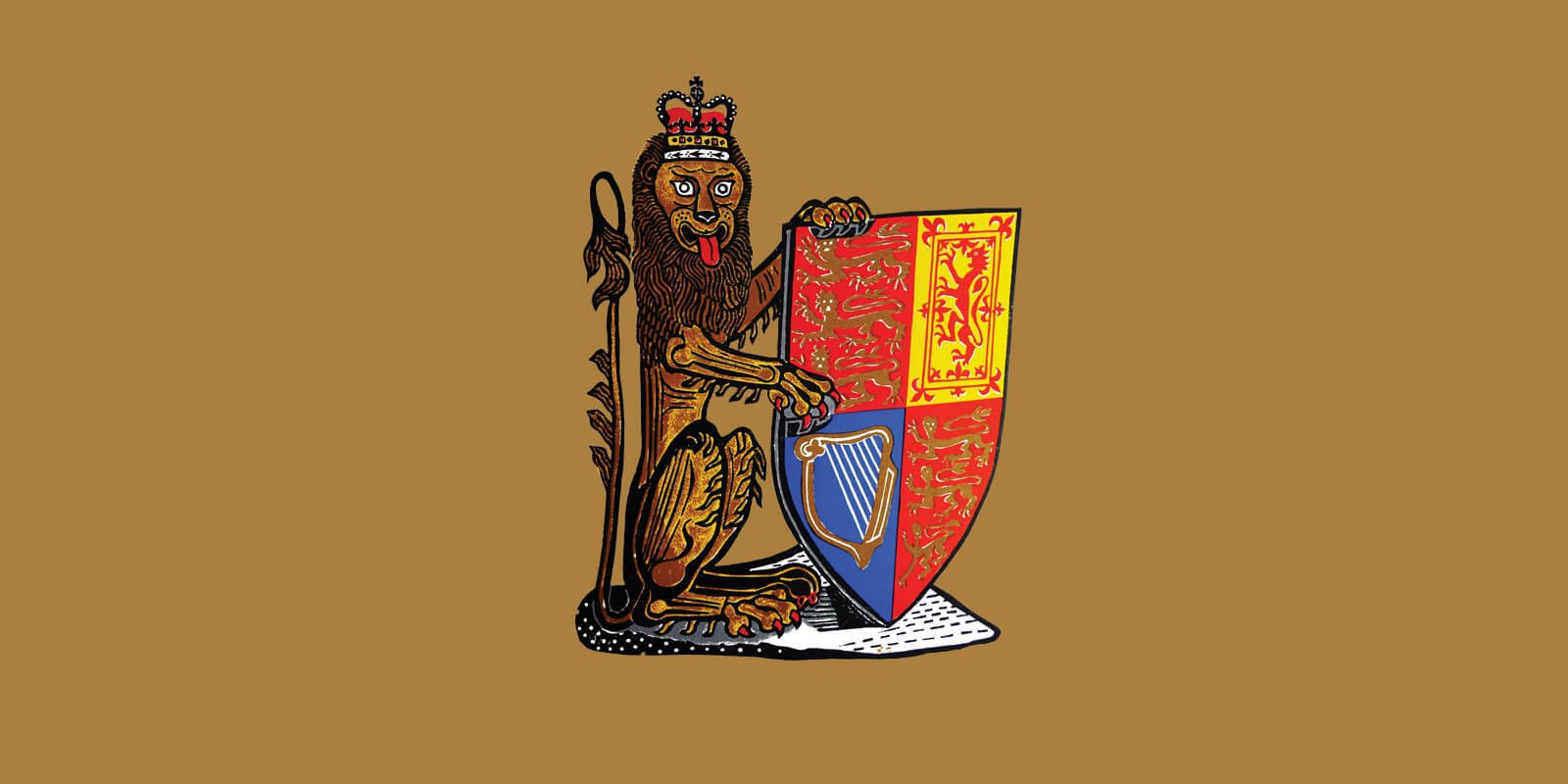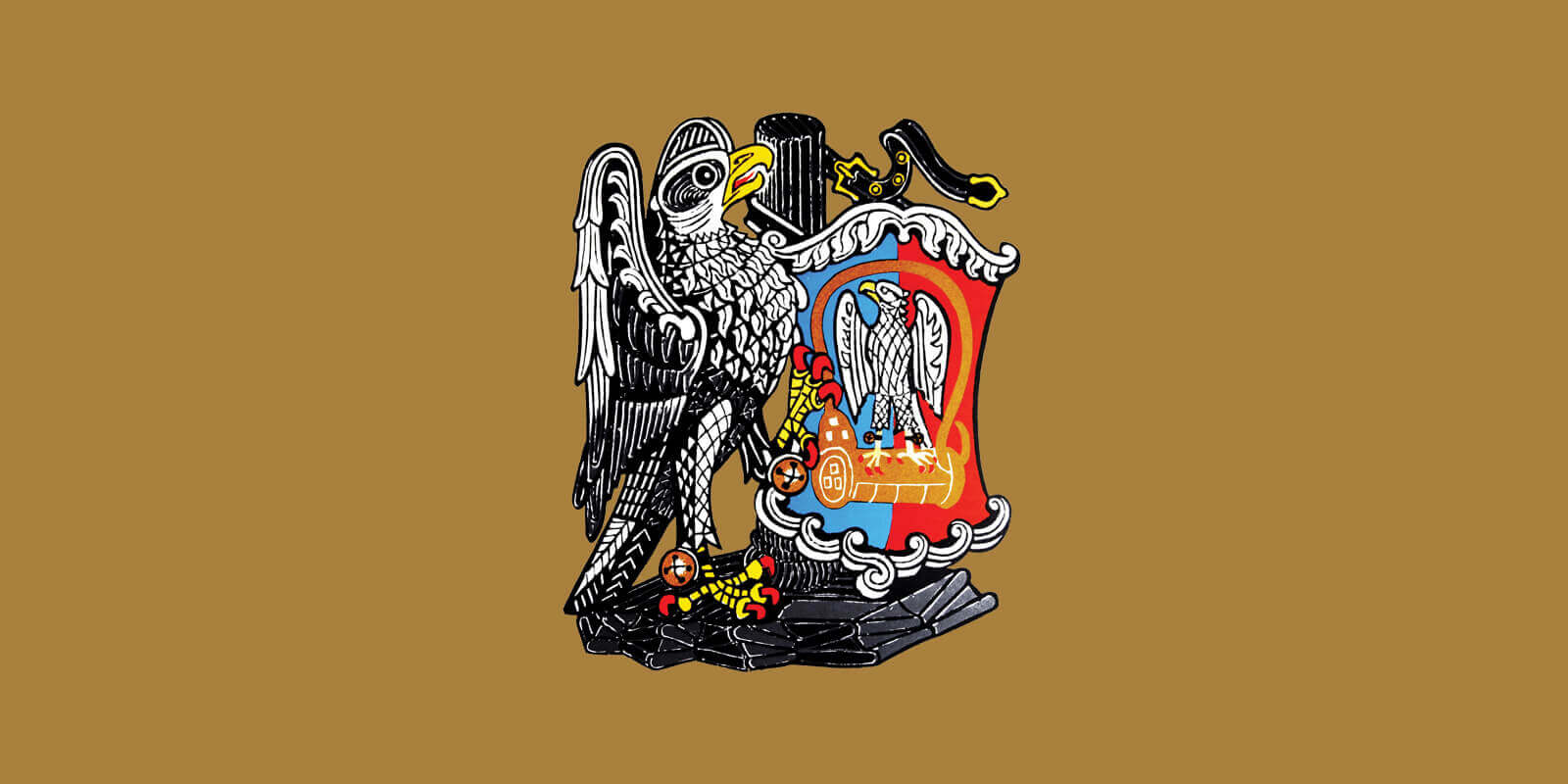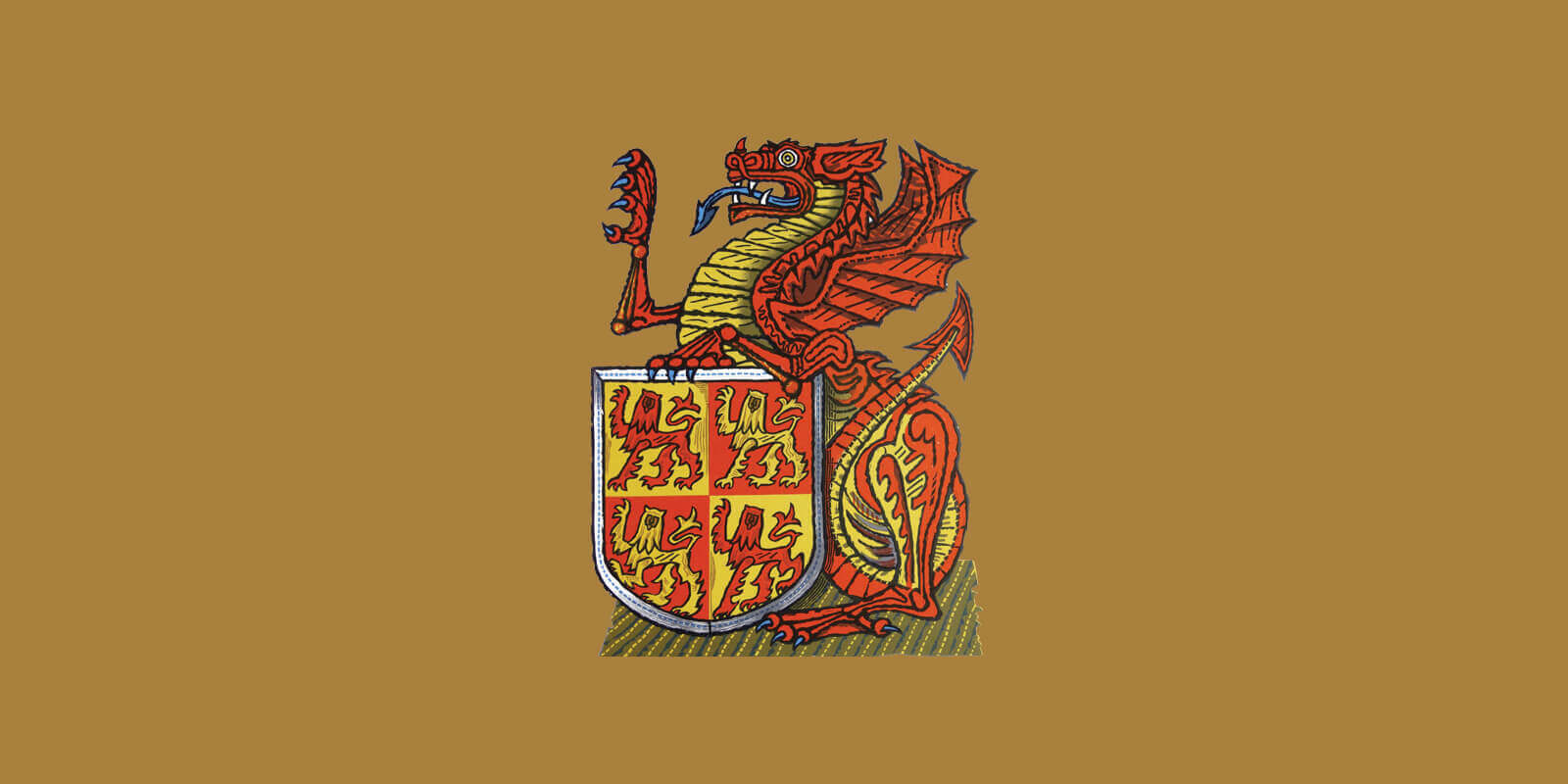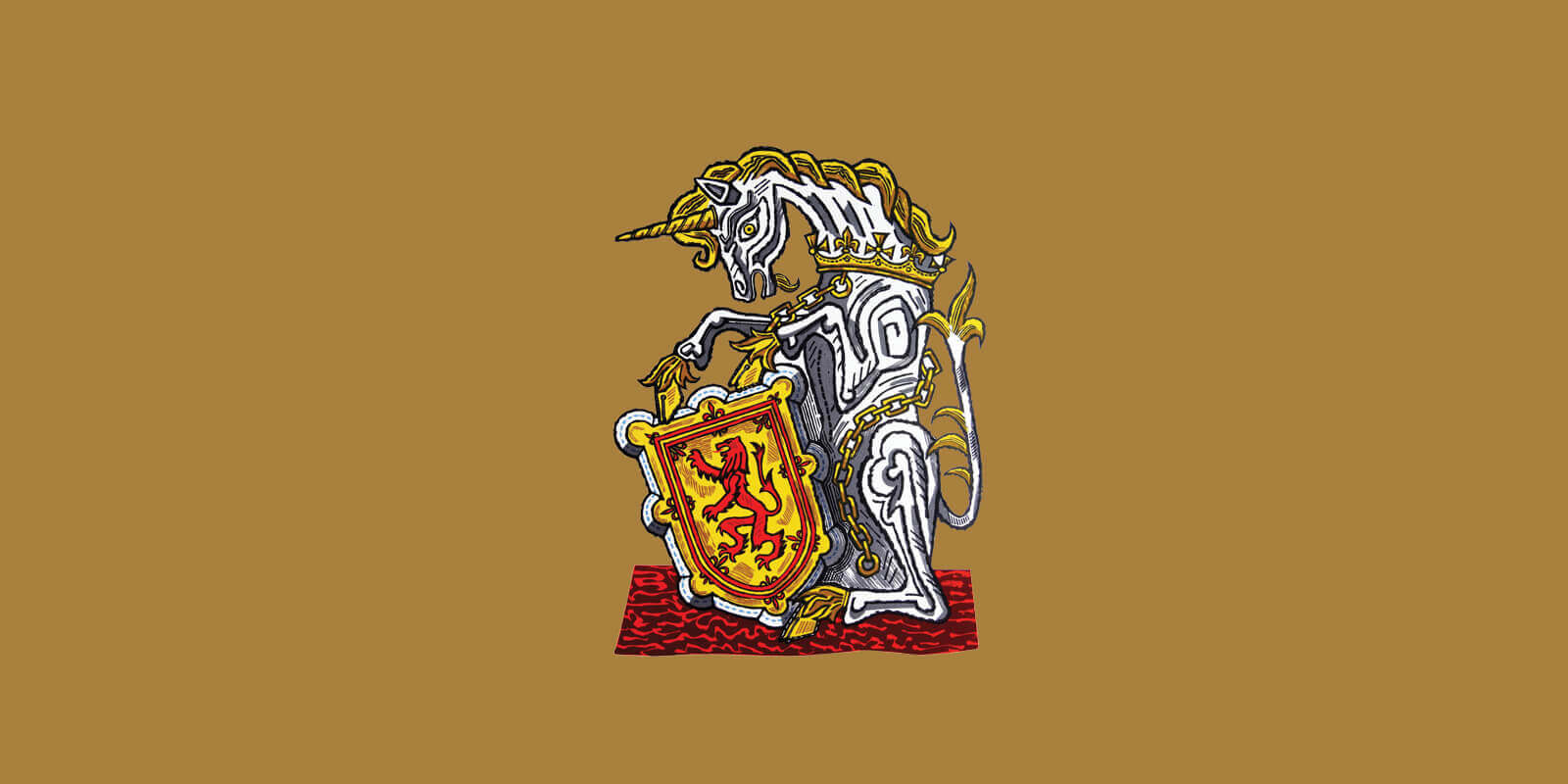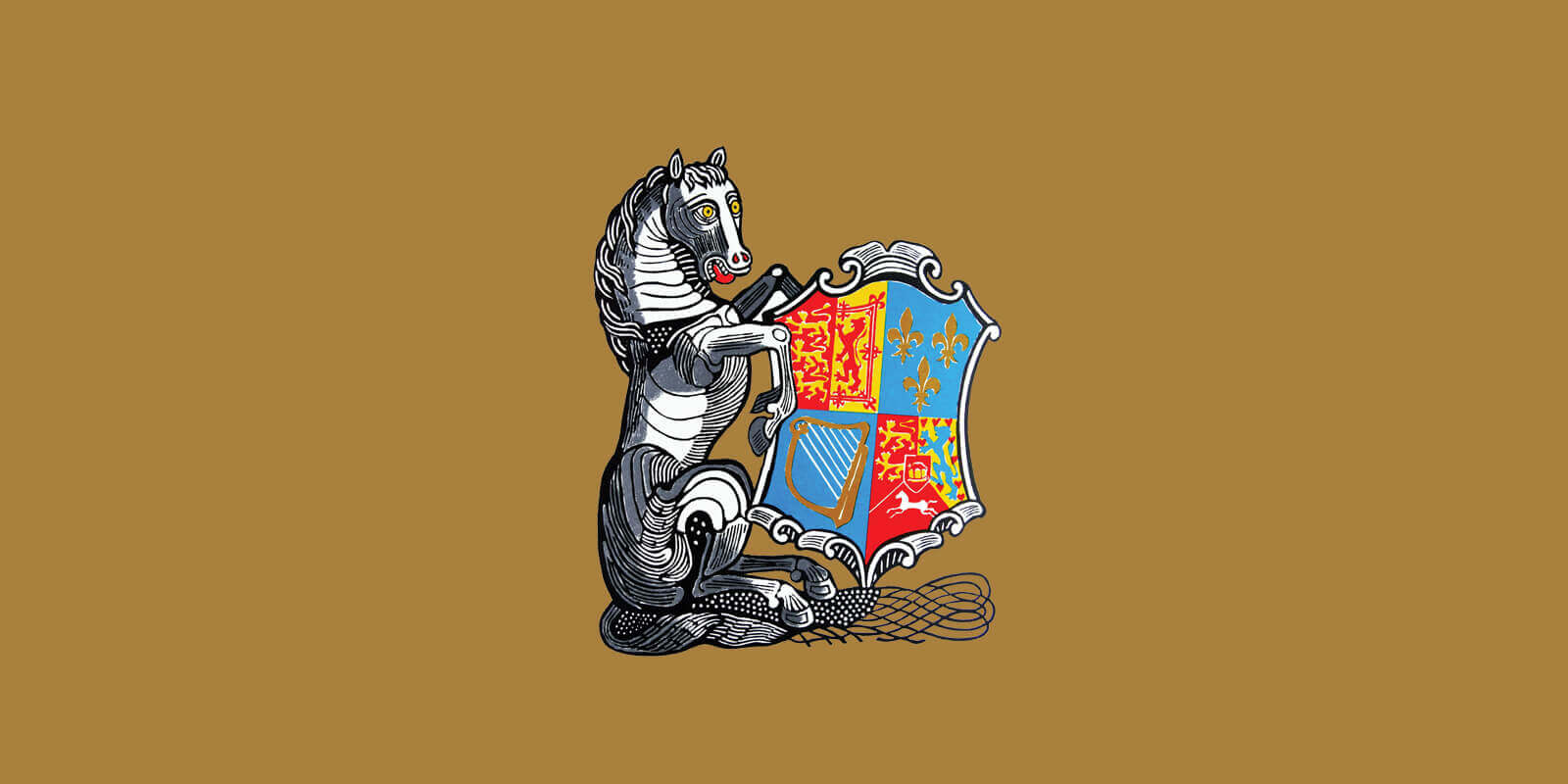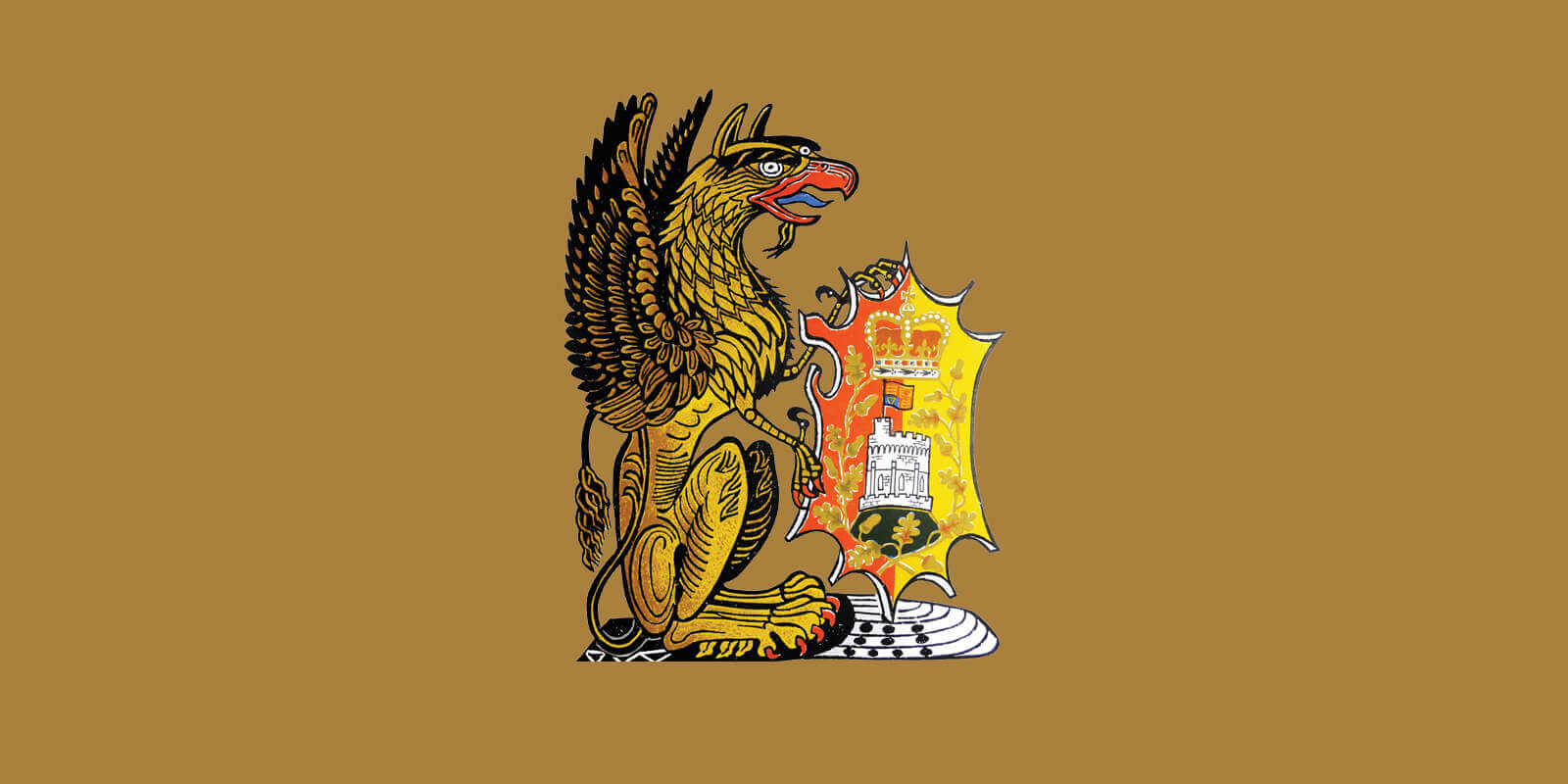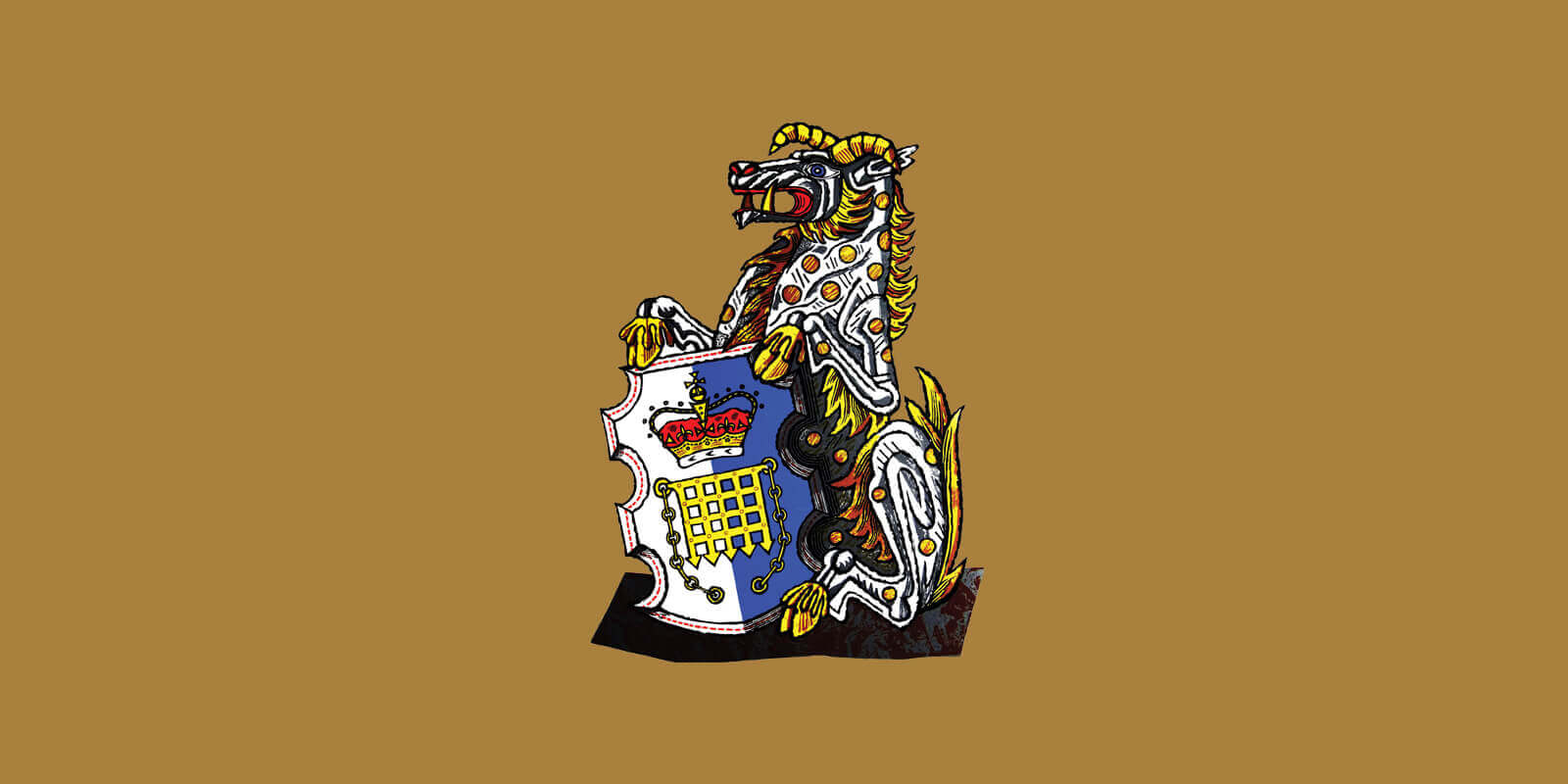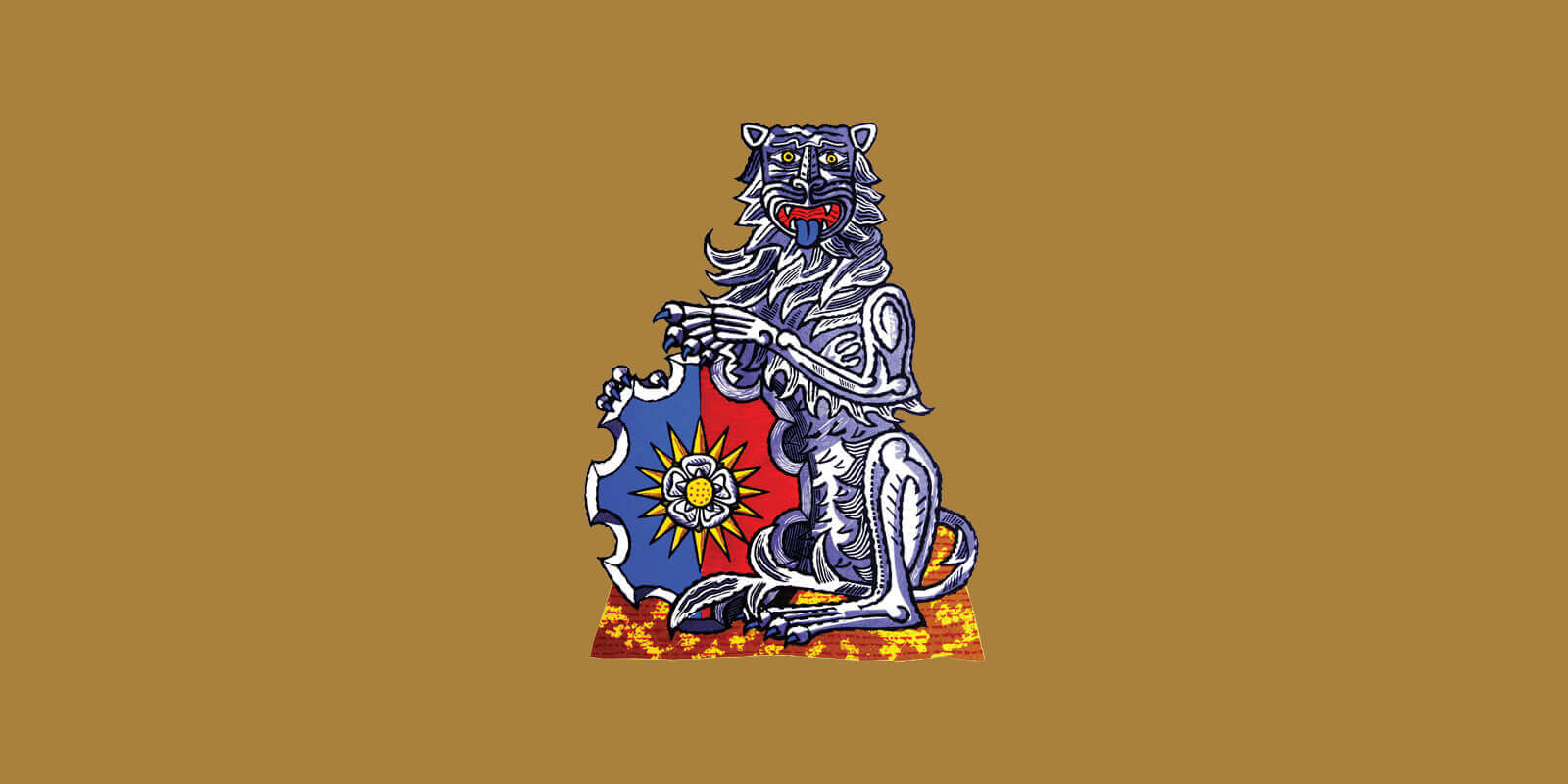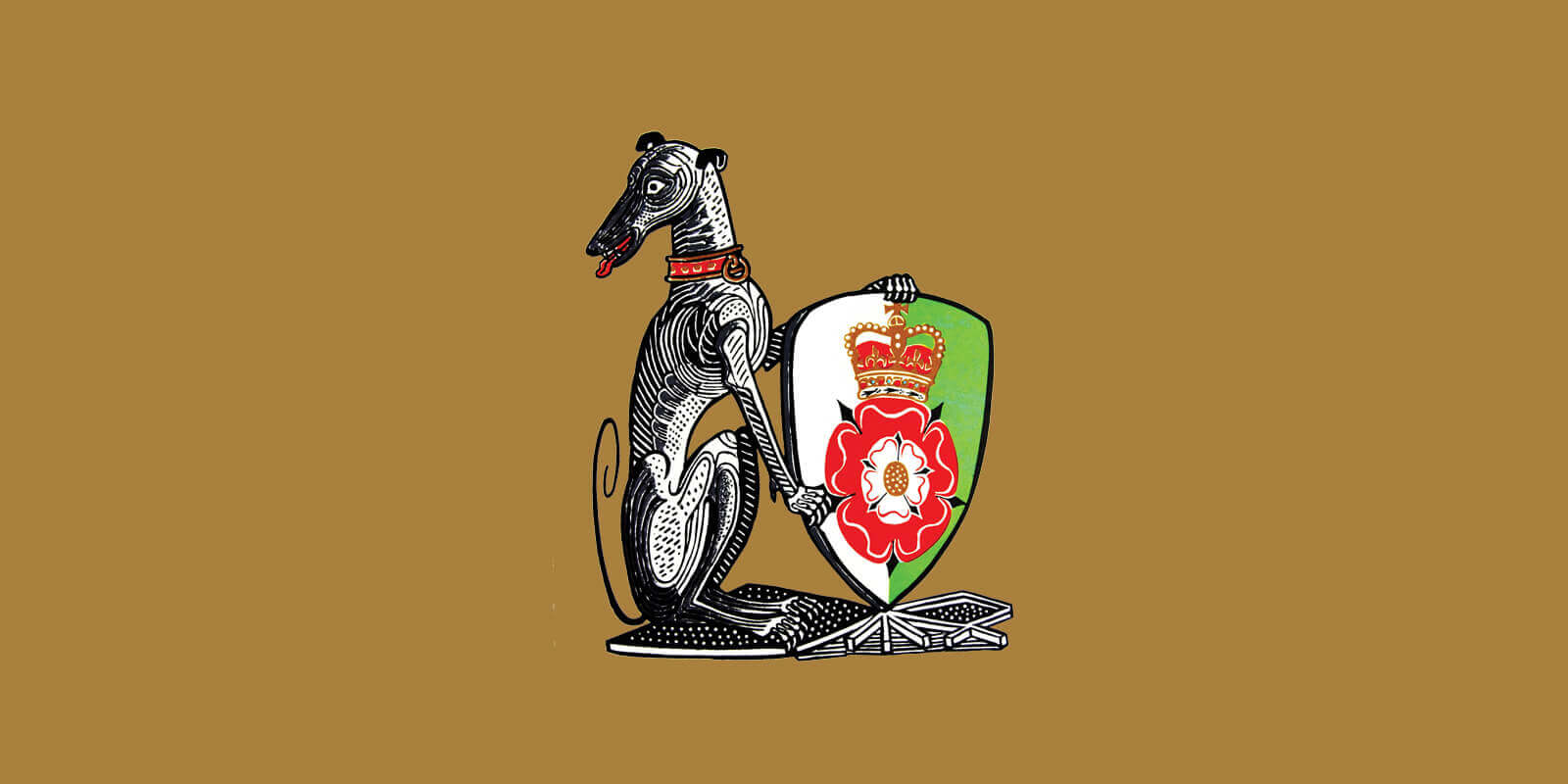Royal beasts
In 1953 ten statues were created to guard the entrance to Westminster Abbey for Elizabeth II’s coronation. Called the Queen’s Beasts they were inspired by stone statues which were made for Henry VIII more than 400 years ago.
These mighty creatures are known as Heraldic symbols. They highlight different qualities considered important for a monarch and represent the ancestry of the Royal Family.
Heraldry is a very old way of showing what family you come from. In Britain it dates back to the medieval times when knights, often wearing big suits of armour with helmets covering their faces, would decorate their shields with colours and designs for everyone to see who they were.
Have a look at the Queen's Beasts below and then use our activity sheet to design your own heraldic animals. For more information you can also take a look at the English Heritage guide to heraldry - https://www.english-heritage.org.uk/guide-to-heraldry
The Lion of England
The lion, as a symbol of England, has been used since the twelfth century. The lion symbolises bravery, strength and valour.
The Falcon of the Plantagenets
The falcon was a symbol of Edward III and used to express his love of hunting with hawks. The falcon represents eagerness in pursuit.
The Black Bull of Clarence
Used as a symbol by Edward IV in the fifteenth century. The bull symbolises courage, transformation and passion.
The Red Dragon of Wales
The red dragon was used as an emblem by Owen Tudor and later by his son, who became Henry VII. The dragon symbolises strength, wisdom and power.
The Unicorn of Scotland
Introduced to the Royal Arms by James I, uniting England and Scotland. The unicorn symbolises purity and innocence.
The White Horse of Hanover
The white horse was introduced by George I and was used by other monarchs from the House of Hanover. It symbolises wisdom and strength.
The Griffin of Edward III
The griffin, used in heraldry since the twelfth century was first used as a royal symbol by Edward III. It stood for courage and perseverance.
The Yale of Beaufort
The yale is a mythical beast and was a symbol of Lady Margaret Beaufort, mother of Henry VII. It represents elegance, strength and determination.
The White Lion of Mortimer
The white lion was used by Edward IV in the Middle Ages. It symbolises loyalty and discipline.
The White Greyhound of Richmond
Used as a symbol by the House of Lancaster, the greyhound was later used by the Tudors. It represents skill, faithfulness and loyalty.

